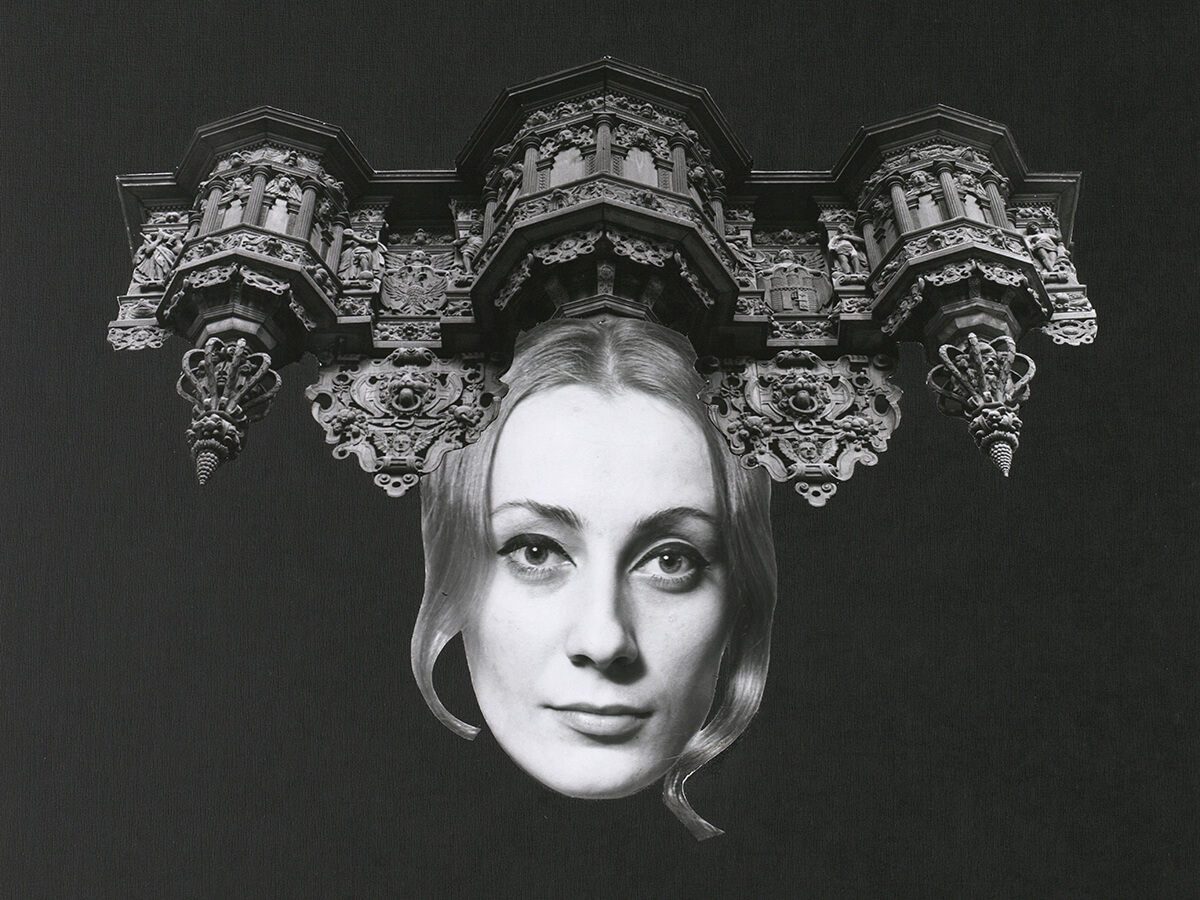

Unseen Legacies: Rediscovering Lotte Jacobi and Janina Gardzielewska
This exhibition sheds light on the artistic legacies of two extraordinary women photographers connected to Toruń: Lotte Jacobi (1896–1990) and Janina Gardzielewska (1926–2012).
At first glance, these two artists seem worlds apart. Lotte Jacobi, a German Jewish photographer, came from a family of painters and photographers active in Toruń since at least the late 18th century. She left the city at the age of two and built her career in Berlin and New York, flourishing in cosmopolitan and avant-garde artistic circles. Janina Gardzielewska, a Polish photographer, moved to Toruń in 1936 as a young girl. She anchored her life and work in the city, capturing its unique spirit through her evocative images. Jacobi, remembered as one of the last artists associated with Prussian Toruń, was already earning recognition in Berlin while Gardzielewska was being born, decades later, into an entirely different, post-war world. Yet their stories reveal surprising similarities. Both inherited their craft from families with strong photographic traditions. Both explored similar themes, ranging from theatrical photography to portraits of cultural figures. Despite originating from families deeply rooted in the conventions of studio portraiture—where subjects were photographed according to strictly defined rules—both broke free from these constraints, turning their attention to the dynamically evolving field of artistic photography. In the West, this movement became known as fine art photography, while in Poland, it was referred to as fotografika. The core premise of this movement was to transform photography into abstract art, detached from reality. Each artist pursued this idea in her own way: Jacobi created photograms, which she called photogenics—abstract images made without a camera—while Gardzielewska experimented with large-format collages. Both pushed the boundaries of traditional photography, demonstrating remarkable ingenuity and expanding the possibilities of the medium. Each of them also supported other artists: Jacobi co-founded the photography department at the Currier Gallery of Art in New Hampshire, while Gardzielewska, as the president of the Toruń-Bydgoszcz District of the Polish Association of Art Photographers (ZPAF), established the Mała Galeria Fotografiki in Toruń. Both were also
avid travelers: Jacobi explored the United States, Europe, and Peru, while Gardzielewska traveled across Europe, even reaching Mexico. Notably, in 1962, during her travels in Europe, Jacobi visited Toruń—the city of her birth—though it remains unknown whether the two photographers ever had the chance to meet. During their lifetimes, both achieved international recognition. Jacobi's works were exhibited in prestigious institutions such as MoMA and ICP, while Gardzielewska earned renown in numerous international photography
competitions, receiving prestigious FIAP titles. Despite their accomplishments, both experienced exclusion. Jacobi's work remained unnoticed in Toruń due to her ties to the city's Prussian past, while Gardzielewska, though internationally acclaimed during her lifetime, was nearly forgotten, her name absent from art history textbooks. This exhibition not only restores Gardzielewska's rightful place in the photographic canon but also symbolically brings Jacobi back to her hometown. By juxtaposing their works, the exhibition explores shared themes and challenges faced by Jacobi and Gardzielewska, celebrating their groundbreaking contributions to photography. It seeks to spark a dialogue on the intersection of gender, geography, and artistry while addressing the broader issue of (in)visibility in art history, particularly of women.
Curator of the exhibition: dr Katarzyna Gębarowska
Exhibition partners: Centre of Contemporary Art in Torun, Nicolaus Copernicus University in Toruń, NCU University Library
Opening:
10.10.2025 | 18:00
Opening hours:
Tuesday–Thursday | 12:00–18:00
Friday | 12:00–20:00
Saturday–Sunday | 12:00–19:00
Centre of Contemporary Art in Torun